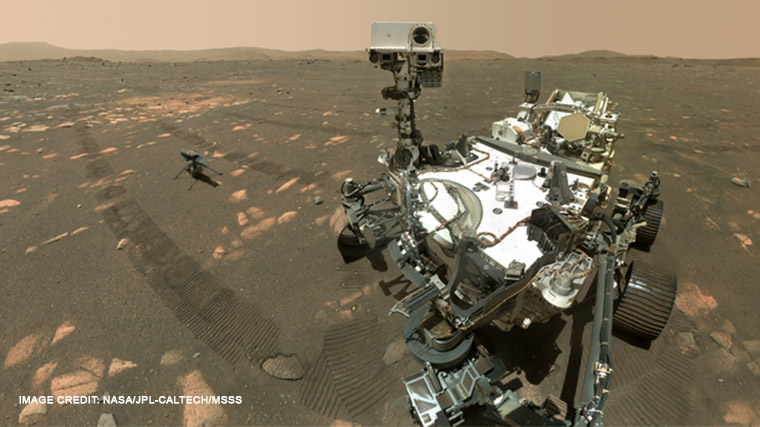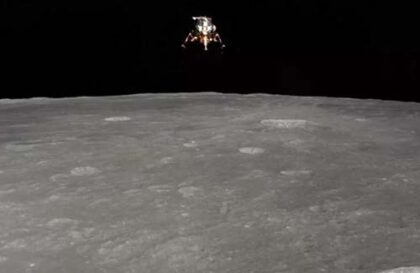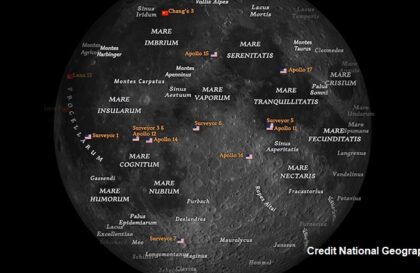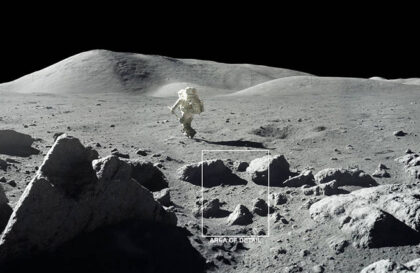What has been discovered?
Studies of the surface of Mars have shown numerous indications that water, one of the key ingredients for life, at least in the past, may have existed on the planet in a liquid state.
Today, Mars’ atmosphere is very thin and consists mainly of carbon dioxide (CO2). However, it may have been thicker in the past and may have supported more stable conditions for life.
Many missions have been sent to Mars to look for signs of biological activity. One of the most famous missions was the Viking mission, which conducted tests to look for organic compounds and metabolic activity, but the results were mixed.
Meteorites, presumably originating from Mars, occasionally hit Earth. Some have been found to contain traces of minerals that may be linked to biological activity, although those results, too, remain controversial.
NASA has many active missions on the surface of Mars that are actively searching for signs of life. Chief among these missions are the Curiosity rovers, which landed on Mars in 2012, and Perseverance, which landed on the surface of Mars in 2021. The latter collected rock cores from Jezero Crater, where there could be tiny traces of life.
What does astrobiologist Heather Graham think?
Dr. Heather Graham is a postdoctoral researcher and organic geochemist at NASA’s Goddard Space Flight Center in Maryland. She currently works with the Mars Curiosity Rover science team and uses the SAM instrument to study deuterium on Mars. But in a prior life, she studied the evolution of land plants and their adaptations to light. Her favorite organism is lichen and her favorite science topic is terrestrialization – how those first pioneers left the relative coziness of the ocean to occupy the Earth’s surface.
And here’s what Heather Graham thinks.
“We found a lot of evidence that Mars may have supported life in the past,” Graham explained. An ocean on Mars and an atmosphere that could have supported life.”
Graham’s research has focused on developing tools and techniques that can help us identify evidence of living systems that may have biochemistry different from life on Earth, also known as “independent biosignatures.”
One of the most important pieces of evidence that Mars may have once supported life is the fact that the now arid planet once contained large amounts of water, a key component of life.
The fact that the 45-kilometer (28-mile) wide Jezero crater was once flooded with water and home to an ancient river delta is the reason NASA chose it as the landing site for the Mars rover Persistence.
About 4 billion years ago, Jezero formed a lake from riverbeds that were filled with clay minerals from the surrounding area. If microbial life existed during the wet Martian period, traces of it may have survived on the lake bed or in shoreline sediments. Thus, signs of past life may have been present in the Martian rock and soil samples collected by the Persistence mission.
On Earth, a magnetic field protects the atmosphere and life on the surface from harmful radiation. Mars lost water about 4 billion years ago along with the magnetic field, and without an atmosphere, Martian water vaporized and disappeared into space. This radiation also made it impossible for life to exist on the surface of Mars.
However, there is a chance that liquid water could still exist beneath the planet’s surface, and so Graham believes that if life still exists on Mars, it would also be beneath the planet’s outer layers. The advantage of underground habitation would be layers of rock and soil that protect from harmful solar radiation once delivered by the Red Planet’s magnetic field.
The encouraging facts are there. I believe in the combination of 2012 and 2021. There is something mystical and mesmerizing about it. Let’s be patient!
Image credit: https://www.space.com






